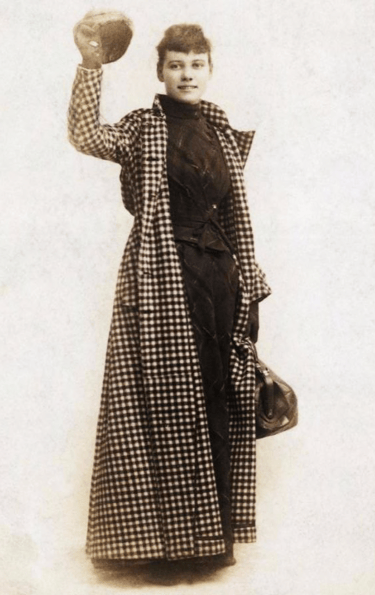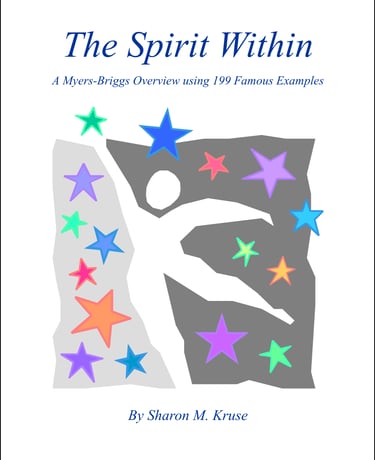The writings of Nellie Bly described reality and stated facts.
Nellie Bly was the first undercover reporter, getting herself committed to the New York City Lunatic Asylum in 1887 and then exposing the barbaric conditions.
Her newspaper articles were so effective, abusive doctors and nurses were fired and city aldermen added a million dollars per year to the budget to correct the problems.
In 1889, she made history again when she began a record-breaking 72-day trip around the world, documenting her adventures in a series of newspaper articles and later as a book.


Lewis Carroll’s book Alice’s Adventures in Wonderland (1865) is considered one of the best examples of literary Non-sense. After falling down a rabbit hole, Alice landed in a fantasy world where she met a variety of talking animals and was chased by playing cards that behaved like people. She shrank to a fraction of her original size and then grew to gigantic proportions. And she played a game of croquet with the Queen of Hearts using a flamingo as a mallet and a hedgehog as a ball.
The world revealed in Lewis Carroll’s Through the Looking Glass, and What Alice Found There (1871) is literally the reverse of the normal world since Alice entered it by stepping through a mirror. Walking away from something brought her closer to it and running kept her in one place. Flowers spoke, nursery rhymes came to life, and un-birthdays were celebrated 364 days a year.

